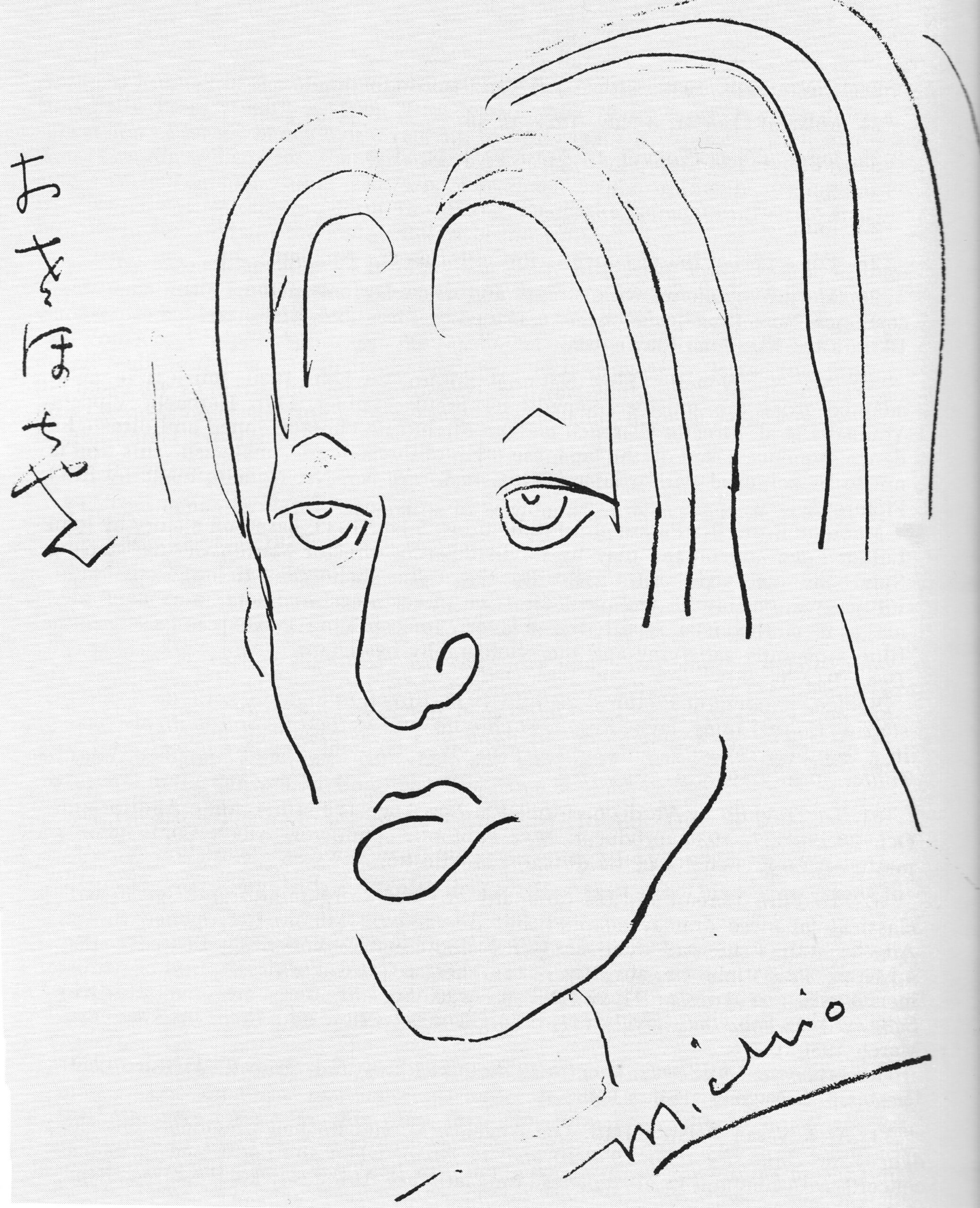Resources in Japanese
Ito, Keiko. “The World-Renowned Dancer Michio Ito: Memories, Documents and Research.” Michio’s Footsteps from 80 Postcards to his Parents and Siblings.” Waseda University, Tokyo, November 11, 2017. Symposium at Ono Memorial Auditorium.
Kato, Maki. Director.“Michio Ito: The man who sold his dream to America.” Youtube, uploaded in nine parts by nukonhyan September 6, 2008. Originally filmed in 2007 by the Japan Broadcasting Corporation Nippon Hoso Kyokai (NHK) Documentary on Michio Ito. Part 1: https://youtu.be/KAiq2rsjgcs, Part 2: https://youtu.be/gQO8nOUjzB4, Part 3: https://youtu.be/rof2L5AquHw, Part 4: https://youtu.be/65wBRfb5dOg, Part 5: https://youtu.be/T9mrZEO0_iI, Part 6: https://youtu.be/XfJKWZO8qTk, Part 7: https://youtu.be/SI9_KjBWosM, Part 8: https://youtu.be/oZqasLCij1g, Part 9: https://youtu.be/h_rUWg1TpcQ.
Kushida, Kiyomi. “The Creation and Characteristics of Michio Ito’s Dance—Explored through the testimonies of those involved in the Ernie Pyle Theatre Stage Show.” Translated by Timothy Cowart. Journal of the Faculty of Letters, Vol. 63. Jissen Women’s University, pp. 24, 2020.
Senda, Yukinari. “A Pioneer of Modern Dance: A Response to Helen Caldwell’s book The Dancer and his Dances.” Translated by Timothy Cowart. Hayakawa Pub., pp. 57.
Scholarly Articles
Albright, Daniel. “Pound, Yeats, and the Noh Theater.” The Iowa Review, vol. 15, no. 2, 1985, pp. 34-50., doi: 10,17077/0021-065x.3210.
Cowart, Timothy. “An Interview by Timothy Cowart with Director Bonnie Oda Homsey on her Film Michio Ito: Pioneering Dancer-Choreographer October 27, 2012 – Los Angeles, CA.” Japan Studies Association Journal, vol 12, 2014, pp. 107-117.
Cowell, Mary-Jean, and Satoru Shimazaki. “East and West in the Work of Michio Ito.” Dance Research Journal. vol. 26, no. 2, 1994, pp. 11-23., doi: 10.2307/1477913.
Cowell, Mary-Jean. Abstract of “From Enemy Agent to Army Choreographer: Michio Ito at the Ernie Pyle Theatre.” 2004 Congress on Research in Dance Conference, Taipei, August 2004. Last modified June 17, 2004.
Cowell, Mary-Jean. “Michio Ito in Hollywood: Modes and Ironies of Ethnicity.” Dance Chronicle, vol. 24, no. 3, 2001, pp. 263-305., doi:10.1081/dnc-100108561.
Perron, Wendy. Et al. “Michio Ito (1893 to 1961).” WENDY PERRON, 30 May 2021, https://wendyperron.com/michio-ito-1893-to-1961/.
Preston, Carrie J. “Modernism’s Dancing Marionettes: Oskar Schlemmer, Michel Fokine, and Ito Michio.” Modernist Cultures, vol. 9, no. 1, 2014, pp. 115-133., doi: 10.3366/mod.2014.0077
Robertson, Marta. “Floating Worlds: Japanese and American Transcultural Encounters in Dance.” Congress on Research in Dance Conference Proceedings, 2014, pp. 126-135., doi:10.1017/cor. 2014.18.
Riordan, Kevin. “Performance in the Wartime Archive: Michio Ito at the Alien Enemy Hearing Board.” American Studies, vol. 56, no. 1, 2017, pp. 67-89., doi: 10.1353/ams.2017.0003.
Rodman, Tara. “A More Humane Mikado: Re-Envisioning the Nation through Occupation-Era Productions of The Mikado in Japan.” Theatre Research International, vol. 40, no. 3, 2015., pp. 288-302., doi: 10.1017/s030788331500036x
Thesis/Dissertations
Carruthers, Ian. “A Translation of Fifteen Pages of Ito Michio’s Autobiography Utsukushiku naru Kyoshitsu.” Canadian Journal of Irish Studies vol. 2, no. 1, pp. 32-43. JSTOR, www.jstor.org/stable/45278149.
Cervantes, Charlotte Ann. “The Effects of Eastern and Western Culture on Michio Ito’s Choreography.” University of California, Irvine. ProQuest Dissertations Publishing, 1991.
Deng-Huei. “The Evolution of Yeats’s Dance Imagery: The Body, Gender, and Nationalism.” Dissertation, University of North Texas, 2003.
Rodman, Tara. Altered Belonging: The Transnational Modern Dance of Ito Michio. Northwestern University, ProQuest Dissertations & Theses Global, vol. 78, no. 10, pp. 280, 2018.
Books/Book Chapters
Caldwell, Helen. Michio Ito: the dancer and his dances. University of California Press, 1977.
Fleischer, Mary. “W.B. Yeats and Michio Ito.” Embodied Texts: Symbolist Playwright-Dancer Collaborations, Brill Academic Publishers, 2007, pp. 149-213.
Gitelman, Claudia, and Barbara Palfy. On Stage Alone: Soloists and the Modern Dance Canon. University Press of Florida, 2014.
Preston, Carrie J. Learning to Kneel: Noh, Modernism, and Journeys in Teaching. Columbia University Press, 2017.
Prevots, Naima. Dancing in the Sun: Hollywood Choreographers 1915-1937. UMI Research Press, 1987.
Takeishi, Midori, and David Pacun. 2006. Japanese Elements in Michio Ito’s Early Period (1915-1924): Meetings of East and West in the Collaborative Works. Gendai Tosho, 2006.
Wong. Yutian. “Artistic Utopias: Michio Ito and the Trope of the International.” Worlding Dance, by Susan Foser, Palgrave Macmillan, 2011, pp. 144-162.
Videos
“Michio Ito and the Shadow.” Vimeo, uploaded by Corcoran School of Art @ GW Thursday, May 28, 2020. 13 min. https://vimeo.com/423785123.
“Michio Ito Documentary.” Vimeo, uploaded by Repertory Dance Theatre, Friday, December 20, 2013. 20 min 44 sec. https://vimeo.com/82415891.
“Michio Ito: Pioneering Dancer-Choreographer.” Directed and executive produced by Bonnie Oda Homesy. Los Angeles Dance Foundation. 2014. DVD Found on Amazon.
“Michio Ito – Repertory Dance Theatre.” Vimeo, uploaded by Repertory Dance Theatre, Monday, August 9, 2010, 4 min 57 sec. https://vimeo.com/14008278.
“Selected Ito Works (1916-1997).” Vimeo, uploaded by Repertory Dance Theatre, Tuesday, March 24, 2020. https://vimeo.com/400386807.
“Volume 3: Dances of Michio Ito.” YouTube, uploaded by UW Department of Dance, June 3, 2020. https://youtu.be/HwNg17bFIUY.
Some newspaper clippings about Ito and his Company
“Ito Ballet Dancers Coming: Many Famous Dancers Have Trained Under Michio Ito.” Arizona Daily Star. 13 Jan. 1929, Sun. p. 14. Downloaded Oct 9, 2018.
Kisselgoff, Anna. “Dance: Michio Ito salute.” New York Times, 1979.
Underhill, Harriette. “Michio Itow.” New York Tribune, p. 19, 1917.
“December will be a month of Dancing.” New York Tribune, p. 8, 1920.


